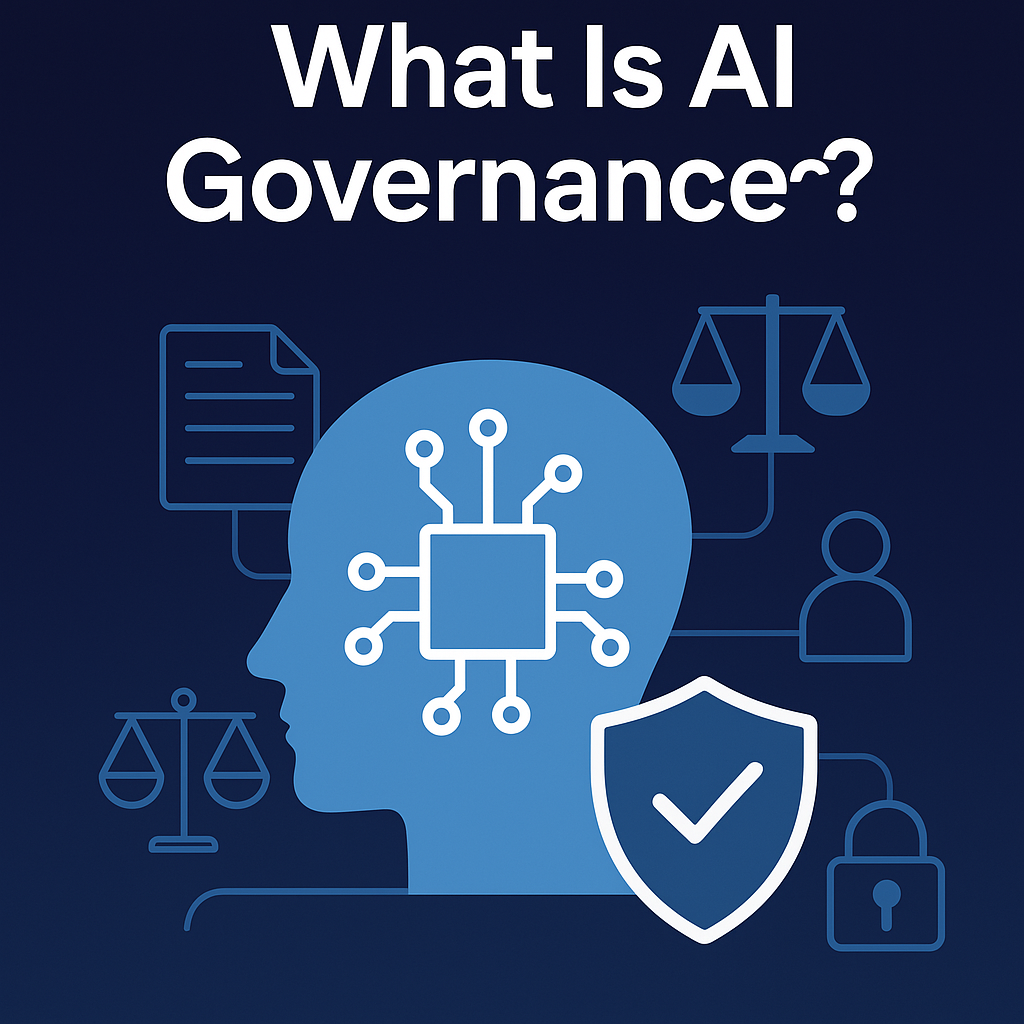AI Assistants: Smart Solutions for Modern Problems
Artificial Intelligence (AI) has been one of the most significant technological advancements of the 21st century, and AI assistants are at the...
Learn the essentials of prompt engineering for generative AI. Master techniques to optimize AI outputs, save time, and enhance creativity.
Generative AI models like OpenAI’s GPT-4, Google's Gemini, and Meta's LLaMA are transforming the way we interact with technology. At the core of utilizing these models effectively is the art and science of prompt engineering—the technique of crafting inputs to guide AI models to produce desired outputs. Whether you’re a developer, a data scientist, or a business professional looking to leverage AI, understanding prompt engineering is essential for getting the most value from generative AI.
Prompt engineering involves designing and refining input prompts to optimize the output of generative AI models. Essentially, it's about communicating with AI in a way that aligns its responses with your objectives. The right prompt can dramatically improve the relevance, accuracy, and utility of AI-generated content, whether it’s text, code, or even creative outputs like art and music.
Generative AI models are only as effective as the instructions they are given. Unlike traditional software programs that follow a set of predefined rules, these models interpret input data based on patterns learned during their training. A well-constructed prompt can make the difference between an insightful, coherent output and a response that misses the mark.
Here are a few key reasons why prompt engineering is vital:
To master prompt engineering, consider the following techniques:
Generative AI models perform best when given clear and detailed instructions. Vague or ambiguous prompts often lead to irrelevant or incomplete results. For example, instead of asking, "Write an article about AI," specify the topic, audience, tone, and length:
Providing context within the prompt helps the AI understand the intended direction. For instance, if you need the AI to generate content in a specific style or voice, mention that in your prompt.
Changing the structure of your prompt can significantly impact the model's output. Experiment with different prompt formats to see which works best for your needs. Some structures to try include:
Including examples in your prompt can provide the model with additional guidance on the desired format or style of the output. This technique is especially useful for complex tasks where the AI might struggle to interpret abstract instructions.
Prompt engineering is not a one-time process. Iteratively refining prompts based on the outputs received can help fine-tune the model's performance. Start with a broad prompt, then narrow it down based on the results.
For those looking to further enhance their prompt engineering skills, consider these advanced strategies:
Encourage the model to generate step-by-step reasoning by including instructions that break down the task. This approach is particularly effective for complex problem-solving tasks or when generating detailed analytical content.
Few-shot learning involves providing a few examples in the prompt to guide the AI’s response, while zero-shot learning relies on the AI’s pre-training knowledge to handle new tasks without examples.
Few-Shot Example: “Translate the following sentences from English to French. ‘Hello, how are you?’ becomes ‘Bonjour, comment ça va?’ ‘Goodbye, see you soon!’ becomes…”
Zero-Shot Example: “Translate the phrase ‘Thank you for your help’ to French.”
For tasks that require a series of steps or a conversation, use multi-turn interactions where the prompt builds upon previous outputs. This approach is effective for simulating dialogues or complex scenarios.
To further refine outputs, incorporate constraints or variables within your prompts. This can include specifying word limits, using certain phrases, or adhering to specific formats.
Several tools can help optimize your prompt engineering efforts:
Prompt engineering is evolving fast, and it’s shaping up to be a critical skill across a wide range of fields. Generative AI models are getting better every day, and they rely heavily on well-crafted prompts to perform their best. As we look ahead, here are some exciting developments on the horizon and ways you can prepare to get the most out of them.
Soon, we'll have tools that refine prompts on the fly, learning from what works and what doesn’t, right in the moment. Imagine having an AI tool that knows your style and can suggest tweaks to improve the AI’s responses while you're still working on the prompt. This kind of automation will help make your prompts sharper and more precise without all the back-and-forth adjustments.
This could change the game in everyday tasks—like creating personalized emails, writing marketing copy, or generating customer support responses. Instead of spending hours trying different phrasings, these tools could help you get it right from the start, saving time and effort while also boosting the quality of the output.
Right now, most AI models are focused on text. But in the near future, prompts will become “multimodal,” meaning you can combine text, images, audio, and even video to guide AI. This will enable much richer interactions with AI, where you can craft content that spans multiple types of media.
Think of a scenario where you're putting together a marketing campaign. You could give the AI a few text-based instructions, include some images for visual direction, and even specify a mood with a piece of background music. The AI could take all these inputs and produce a cohesive, multimedia campaign that’s tailored to your audience’s preferences. It’s about bringing all forms of communication together in a way that feels natural and creative.
Generative AI models are getting better at picking up on subtleties in language—like tone, cultural context, and implied meanings. This is going to help AI produce content that feels more genuine, relatable, and aligned with your brand or purpose. Imagine AI-generated patient communications in healthcare that are sensitive to cultural nuances or personalized marketing content that feels like it was handcrafted for each customer.
This development means we’ll be able to trust AI to handle more delicate or nuanced situations, whether in customer service, creative work, or even legal documentation. It’s not just about generating content but generating the right content for the right audience, with an understanding that feels almost human.
As AI becomes more specialized, there’s going to be a huge push towards integrating specific industry knowledge directly into the prompt engineering process. This could mean having AI tools that are pre-loaded with the latest research in medicine, legal terms and precedents for lawyers, or market trends for financial analysts.
Picture a lawyer working on a case who needs to draft a complex legal document. An AI tool could draw on a database of relevant laws, recent rulings, and specific legal language, allowing the lawyer to craft the document faster and with more precision. Or think about a doctor consulting an AI tool that references the most recent clinical guidelines to suggest a treatment plan. This kind of integration will make AI even more indispensable in specialized fields.
We’re moving towards a future where AI is less of a tool and more of a teammate. Instead of just inputting prompts and receiving static outputs, there will be continuous dialogues with AI systems, where they learn from human input and improve over time. This is especially exciting for areas like customer service, where AI can assist live agents by suggesting responses or solutions in real time.
Imagine a scenario in a creative agency where a writer and an AI work together to brainstorm ideas for a new campaign. The AI might generate several ideas based on initial input, and the writer can refine those ideas by asking for variations or focusing on different themes. This ongoing, dynamic collaboration could unlock new levels of creativity and efficiency.
With great power comes great responsibility, and as AI becomes more widespread, there’s a growing need to address ethical concerns and bias. The future will see AI tools designed to help us identify and correct biases in our prompts and outputs, ensuring that the content we produce is fair, inclusive, and aligned with ethical standards.
Think of a hiring manager using an AI tool to screen resumes. The tool could highlight any biased language in job descriptions or flag decisions that might unfairly disadvantage certain groups. This could transform hiring practices to be more equitable and inclusive. Or consider a journalist using AI to draft news articles. Bias-detection algorithms could help ensure that reporting is balanced and objective, drawing from a diverse range of sources and perspectives.
The future of prompt engineering isn’t just for tech experts; it’s for everyone. As AI tools become more user-friendly, with drag-and-drop interfaces, visual aids, and pre-built templates, more people will be able to harness the power of AI without needing a technical background.
Imagine a small business owner who wants to create an AI-driven marketing campaign but has no idea where to start. With these accessible tools, they could easily input their goals, brand style, and target audience, and the AI would handle the rest, creating tailored content that drives engagement. This democratization will empower individuals and businesses of all sizes to use AI in new and exciting ways.
Globalization is pushing the demand for content that’s not only translated but also culturally localized. Future prompt engineering techniques will allow users to specify local contexts, dialects, and cultural nuances, creating content that genuinely resonates with audiences around the world.
Imagine you're launching a product in multiple markets. Instead of just translating a campaign into different languages, you could prompt the AI to adapt the tone, humor, or style to match local preferences and cultural references, making the content more relatable and effective across different regions.
To keep up with these exciting changes, consider these simple steps:
Prompt engineering is a powerful skill that can unlock the full potential of generative AI. By mastering techniques such as being explicit and specific, using contextual cues, and leveraging advanced strategies like chain of thought prompting and few-shot learning, you can guide AI models to produce highly relevant and valuable outputs. Utilize tools like Integrail’s Benchmark Tool to experiment and refine your prompts, ensuring you stay ahead in the rapidly evolving AI landscape.
Start experimenting with your own prompts today on Integrail Studio and see how effective prompt engineering can transform your AI interactions.

Artificial Intelligence (AI) has been one of the most significant technological advancements of the 21st century, and AI assistants are at the...

Artificial intelligence (AI) is transforming how businesses operate. From automating decisions to driving autonomous workflows, AI systems are now...

Artificial intelligence (AI) has evolved far beyond simple rule-based systems. Today, intelligent AI agents are making complex decisions, solving...
Start your journey with Integrail

Try AI Studio by Integrail FREE and start building AI applications without coding.

NEW White Paper: Discover how AI Studio accelerates your workflows